skip to main |
skip to sidebar
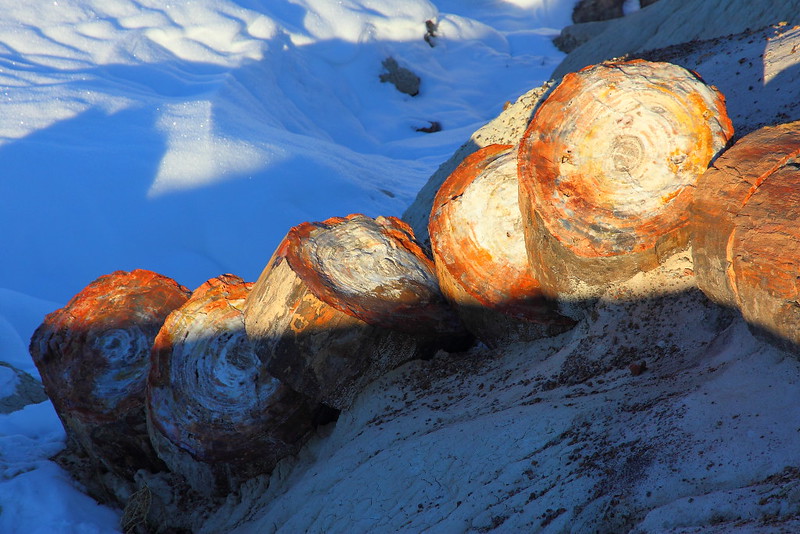 Figure 1. Petrified Wood in Crystal Forest, Petrified Forest National Park.
Petrified Forest National Monument was established in 1906 to protect the petrified wood found in northeast Arizona. It was enlarged to protect Panited Desert and Blue Mesa areas later and became a national park in 1962.
Figure 1. Petrified Wood in Crystal Forest, Petrified Forest National Park.
Petrified Forest National Monument was established in 1906 to protect the petrified wood found in northeast Arizona. It was enlarged to protect Panited Desert and Blue Mesa areas later and became a national park in 1962.
Petrified wood is not rare. In fact, it can be found in all 50 states in the United States. What makes Petrified Forest National Park special is the large quantity and the kaleidoscope of color. In many cases, it was deposited as log jam by flood and then buried and petrified. Erosion makes them exposed today for us to enjoy.
Petrified wood can be seen in many parts of the park. The convenient place to see it is in the southern part, and Crystal Forest is one such place. You may find some logs are sliced regularly as if an ancient lumberjack cut it. Actually it was broken this way naturally. This log is one of the most photographed petrified wood in the park and any visitor should not miss it.
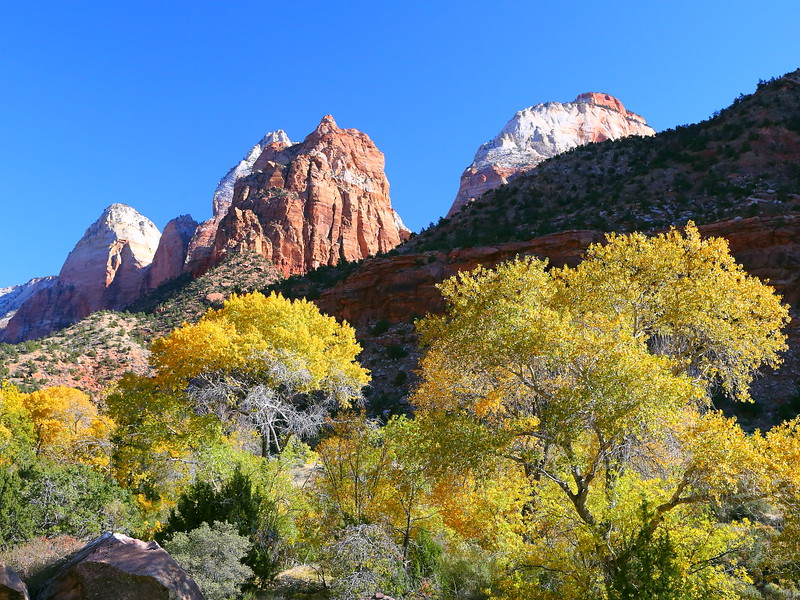 Figure 1. Fremont Cottonwood Trees, Zion National Park.
Autumn is a less crowded season of Zion National Park, and autumn in Zion is awesome.
Figure 1. Fremont Cottonwood Trees, Zion National Park.
Autumn is a less crowded season of Zion National Park, and autumn in Zion is awesome.
There are many kinds of broadleaf trees in the park, such as quaking aspen, Gambel oak, Fremont cottonwood, bigtooth maple and boxelder maple. These trees provide fall color starting in late September on Zion's high plateau. The peak time in Zion Canyon is usually around late October and early November.
Fremont cottonwood is familiar to visitrs in summer for shade. Its leaves turns golden in fall and it is among the most showy trees in the park during this time. This tree requires lots of water to survive and can be seen along the Virgin River.
This picture was taken near Canyon Junction. East Temple, Mount Spry, Twin Brothers and Mountain of the Sun in the background blend well with the Fremont cottonwood in the foreground. It is definitely a treat to enjoy a wonderful scene like this.
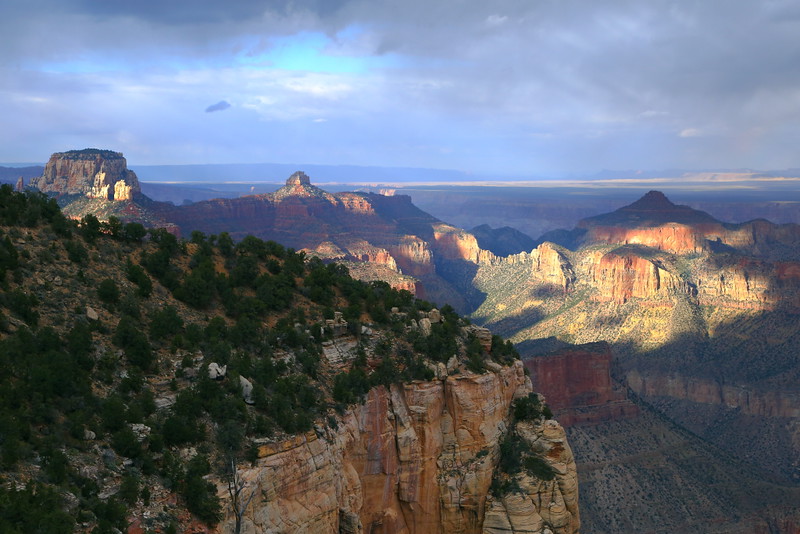 Figure 1. Cape Final, Grand Canyon National Park.
With 1,000 feet higher than the more visited South Rim, North Rim gets more precipitation than South Rim and temperature is also cooler. Visitors tend to see more clouds and rain on North Rim than South Rim.
Figure 1. Cape Final, Grand Canyon National Park.
With 1,000 feet higher than the more visited South Rim, North Rim gets more precipitation than South Rim and temperature is also cooler. Visitors tend to see more clouds and rain on North Rim than South Rim.
Although people may prefer sunny rather than cloudy days, sufficient clouds tend to create drama for the views of Grand Canyon such as the picture taken in Cape Final on a recent visit. This is a 4-mile round trip hike. The grade is gentle and it is an easy and pleasant hike for most people.
In the beginning, the sun was behind the clouds. I hoped the sun can at least peek through when I arrived the destination. It turned out this way so that I enjoyed the light and shade for around one hour. This picture is one of my favorites before the sun is completely behind the clouds again.
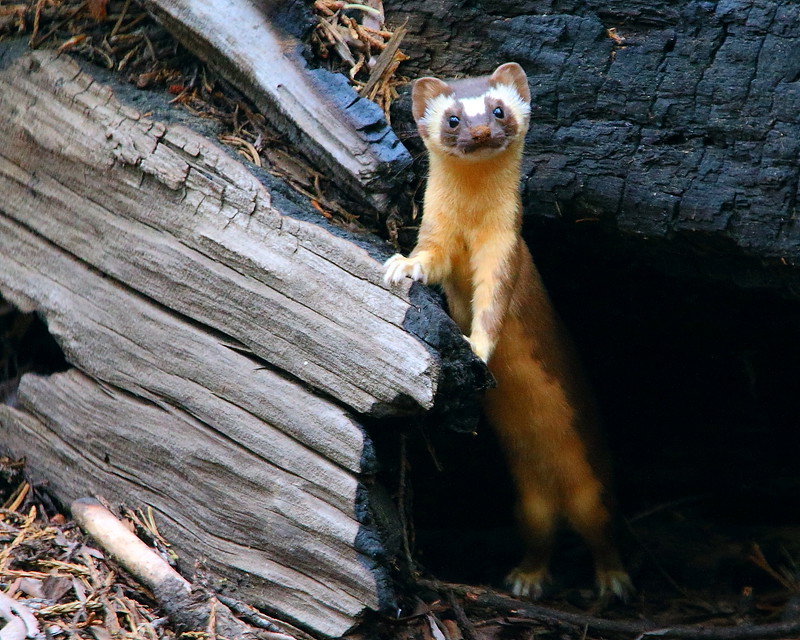 Figure 1. Long-Tailed Weasel, Sequoia National Park.
Giant Forest is the highlight of Sequoia National Park. People come all over the world to see giant sequoia trees. Many of the largest sequoia trees live here, including the largest of all: General Sherman tree. In addition to seeing the General Sherman tree, visitors can have a more intimate experience by hiking the nearby Congress Trail. This trail is paved with easy grade. You are even allowed to touch many of the sequoia trees here.
Figure 1. Long-Tailed Weasel, Sequoia National Park.
Giant Forest is the highlight of Sequoia National Park. People come all over the world to see giant sequoia trees. Many of the largest sequoia trees live here, including the largest of all: General Sherman tree. In addition to seeing the General Sherman tree, visitors can have a more intimate experience by hiking the nearby Congress Trail. This trail is paved with easy grade. You are even allowed to touch many of the sequoia trees here.
This forest is also the habitat of many animals. On a recent visit, I happened to see a long-tailed weasel near the House Group. This is the first time I see this critter. Actually there were two of them, but one left early. I didn't bring my longest telephoto lens, but the mid range lens still got the job done.
This animal can move really quick and be difficult to catch. Fortunately it stays near a down and burnt tree most of the time so that I have chance to get some good shots.
I've also seen black bear, ground squirrel and woodpecker before in Giant Forest. So next time when you visit this forest, keep an eye for the surrounding and something good could happen.
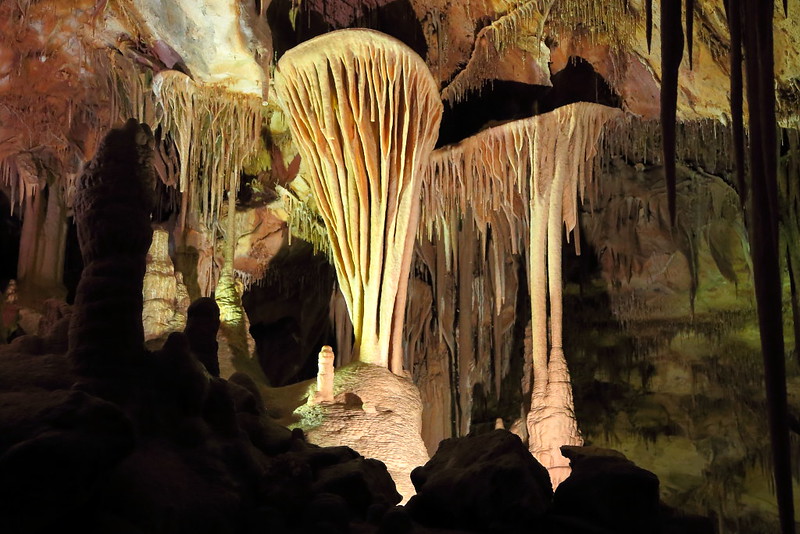 Figure 1. The Parachute in Lehman caves, Great Basin National Park.
One of the attractions in Great Basin National Park is the Lehman Caves, which is named after the "discoverer" Absalom Lehman. It was first protected as Lehman Caves National Monument in 1922. Then it is included in the larger Great Basin National Park in 1986.
Figure 1. The Parachute in Lehman caves, Great Basin National Park.
One of the attractions in Great Basin National Park is the Lehman Caves, which is named after the "discoverer" Absalom Lehman. It was first protected as Lehman Caves National Monument in 1922. Then it is included in the larger Great Basin National Park in 1986.
While this cave is rather small comparing to other well known caves such as Mammoth Cave or Carlsbad Caverns, a rare cave formation called shield is quite abundant in this cave. The most photographed is a shield decorated with draperies and it is called the Parachute.
To access the cave, visitors need to join a cave tour led by a ranger. You can see shields on both 60-minute Lodge Room or 90-minute Grand Palace Tours, but the Parachute can only be seen on Grand Palace Tour. Be sure to bring a jacket on the tour as it is cool in the cave.
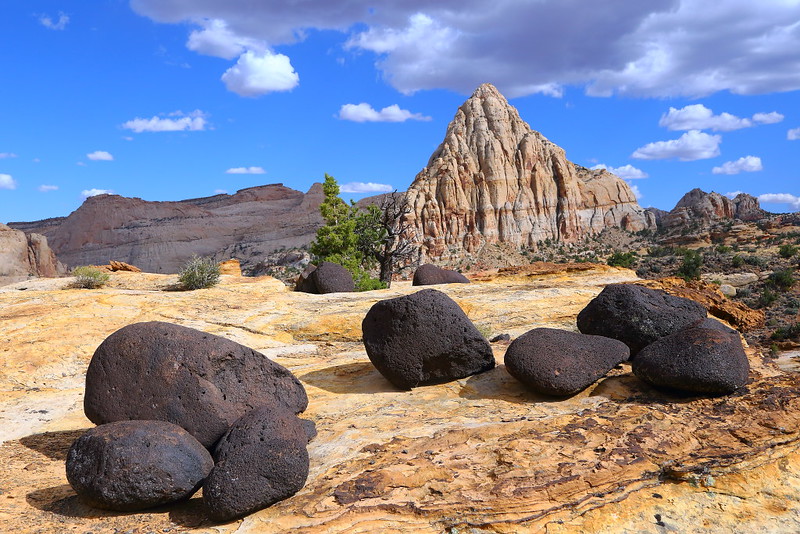 Figure 1. Pectols Pyramid, Capitol Reef National Park.
People tend to drive through Capitol Reef National Park and hurry for their stop. While you can see scenic landscape and rock formation this way, many hidden treasures can only be seen from the trail.
Figure 1. Pectols Pyramid, Capitol Reef National Park.
People tend to drive through Capitol Reef National Park and hurry for their stop. While you can see scenic landscape and rock formation this way, many hidden treasures can only be seen from the trail.
Pectols Pyramid is among the best scenes in the park. It can be seen near the trailhead to Hickman Bridge if you carefully. However, the angle from the road doesn't do it justice. Rim Overlook Trail is my favorite to see this rock formation, especially in the afternoon or evening.
Rim Overlook Trail starts at the same trailhead to Hickman Bridge. After the short climb from the trailhead, the trail splits to Hickman and Rim Overlook/Navajo Knobs. Turn right to Rim Overlook and keep hiking for probably 15 minutes. You will arrive at a higher ground with black boulders. Pectols Pyramid looks particularly good in this area.
These black boulders were thought to be carried here by ancient glaciers. It is now regarded by mud flow and adds as an interesting foreground to the Pectols Pyramid in the background. The most difficult part to hike here is probably the sun in the afternoon as no shade is along the trail. Be sure to do sun protection if you decide to hike here.
The trail keeps many people off and this view is still a best kept secret. You won't see many people here and so just enjoy it with the solitude.
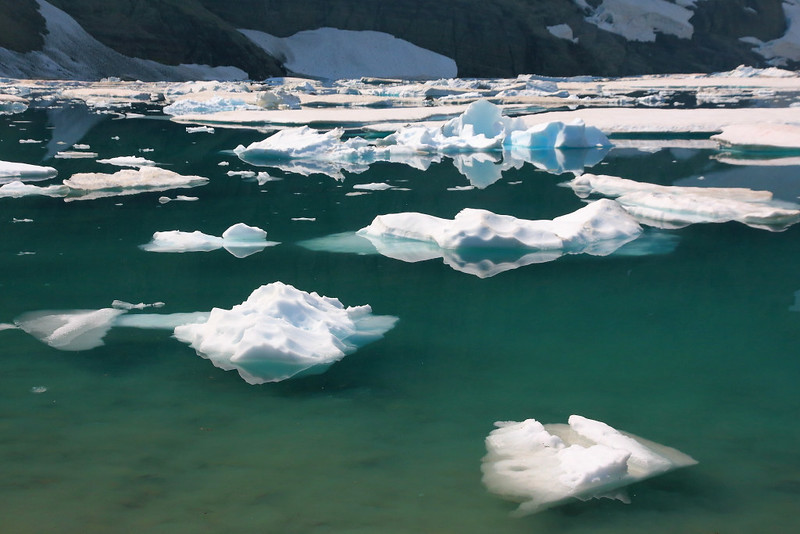 Figure 1. Iceberg Lake, Glacier National Park.
Although visitors can enjoy spectacular scenery from Going-to-the-Sun Road in Glacier National Park, many scenic views can only be appreciated by hiking a trail. Among these, Iceberg Lake is one of the best.
Figure 1. Iceberg Lake, Glacier National Park.
Although visitors can enjoy spectacular scenery from Going-to-the-Sun Road in Glacier National Park, many scenic views can only be appreciated by hiking a trail. Among these, Iceberg Lake is one of the best.
The trailhead to Iceberg Lake is at the parking lots at Swiftcurrent Motor Inn near Many Glacier Hotel. The round trip is 10 miles, but it is not that difficult as it looks. For most parts of the trail, the grade is gentle, except for the first half a mile. If you join a ranger-led hike, it would be easier as the ranger will stop at many places along the way to interpret and rest.
The lake lives up to its name as there is usually plenty of icebergs on the lake in summer. Some icebergs may be very close to the shore and some hikers like to climb on it. Some even try to swim in the lake, though they can't last long. This is not the place to enjoy solitude as it is one of the most popular trails in the park. You, however, can enjoy the cheerful atmosphere and maybe have lunch here.
This is also good grizzly bear habitat as huckleberry is plentiful along the trail. So this trail could be closed because of this. Check the trail information and be prepared for this before you go.
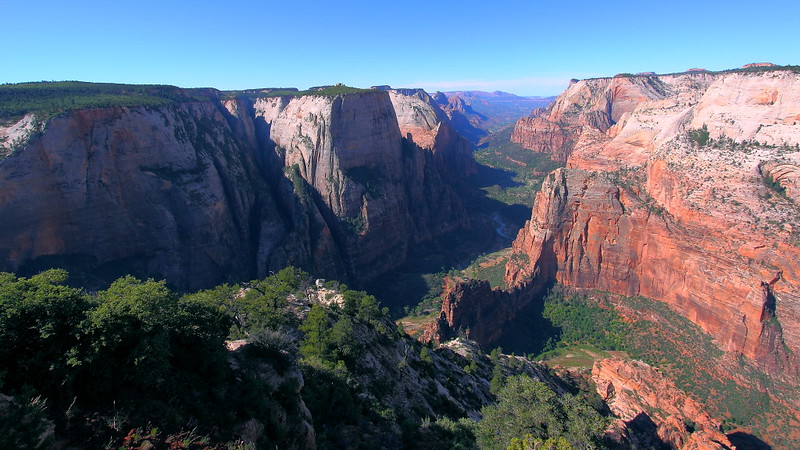 Figure 1. Observation Point, Zion National Park.
Among many hikes in Zion National Park, Observation Point is one of the classic. While Angles Landing may be more popular, hikers need to be on sheer cliff and move forward with the help of chains. This could be too much for some visitors and they would just stop at Scout Lookout.
Figure 1. Observation Point, Zion National Park.
Among many hikes in Zion National Park, Observation Point is one of the classic. While Angles Landing may be more popular, hikers need to be on sheer cliff and move forward with the help of chains. This could be too much for some visitors and they would just stop at Scout Lookout.
The trail to Observation Point from Zion Canyon does not have that kind of drama like Angels Landing and it is safer to hike. The round trip is 8 miles and elevation gain is around 2,100 feet. It is a strenuous hike from any standard. The key is to hike early to be in the shade of the canyon wall.
The reward is to see one of the best views in the world. In addition to the dramatic canyon view, some rock formation like Angels Landing, the Organ, the Great White Throne and Red Arch Mountain can also be seen from here. If you are lucky, you could also see a California condor soaring.
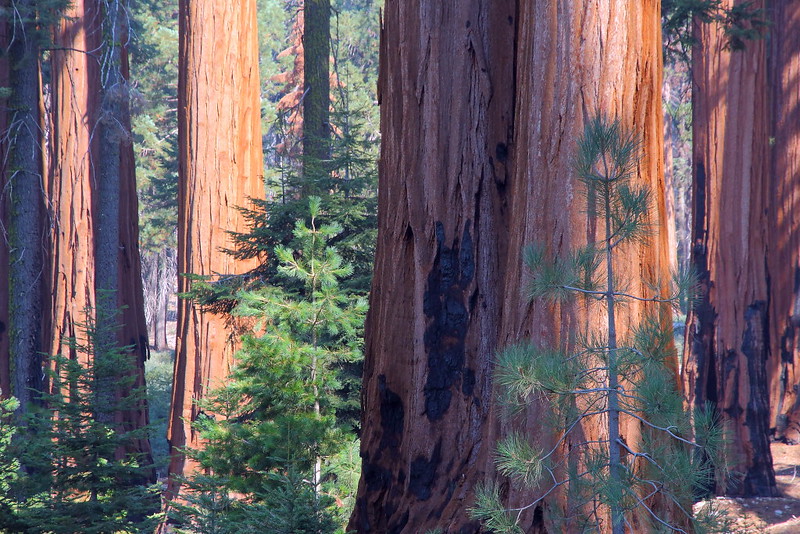 Figure 1. Giant Forest, Sequoia National Park.
Giant Forest is named after the famous naturalist John Muir when he saw these colossal trees of giant sequoias in this forest. This area is one of the main attractions in Sequoia National Park and every visitor should not miss. While this is not the largest sequoia grove, it is the optimal in term of sequoia growth. Many largest giant sequoias grow and thrive in this grove.
Figure 1. Giant Forest, Sequoia National Park.
Giant Forest is named after the famous naturalist John Muir when he saw these colossal trees of giant sequoias in this forest. This area is one of the main attractions in Sequoia National Park and every visitor should not miss. While this is not the largest sequoia grove, it is the optimal in term of sequoia growth. Many largest giant sequoias grow and thrive in this grove.
Photographing a forest is quite challenging because many techniques are difficult to apply. While the color of the giant sequoia bark stands out against the forest background, a strongly-composed picture is still difficult to find. There are giant sequoia all around, and it seems every one can be a target, or not. The lighting in different time also make it look differently. Shooting at sunrise or sunset doesn't seem to work, either.
To get a good shot, one really needs to walk around and observe it patiently. Photographers should not confine themselves to famous or named sequoia trees. Any place could be a good shot such as this picture, which has no named sequoia tree in it.
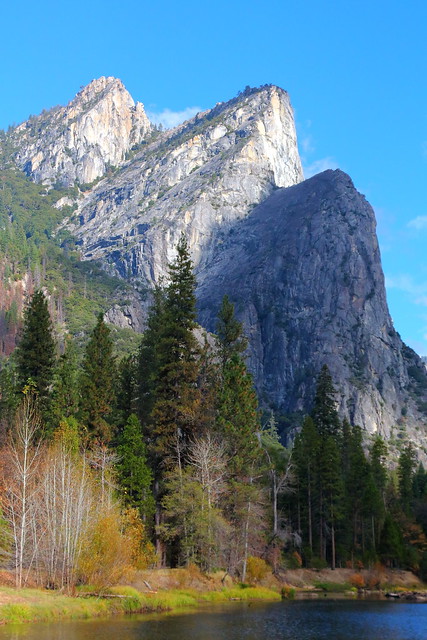 Figure 1. Three Brothers, Yosemite National Park.
Three Brothers is one of many striking rock formations in Yosemite Valley. It is named after three sons of Chief Tenaya.
Figure 1. Three Brothers, Yosemite National Park.
Three Brothers is one of many striking rock formations in Yosemite Valley. It is named after three sons of Chief Tenaya.
This rock formation may be glimpsed from the road when visitors are driving a car. In most situations, it is obstructed by the trees and difficult to get a clean shot. Fortunately, there is a pullout without any sign after Cathedral Beach. You can park your car and walk through the trees and reach an open space to get a clear view of it.
This is one of the quiet sites in Yosemite Valley. Most visitors don't know this place and you will enjoy this place by yourself most of the time . You can get the reflection of the Three Brothers if the air and water are both calm. Cathedral Rocks can also be enjoyed here to the opposite direction.
While Yosemite Valley seems to be a place without secrets, it is not. Next time when you visit Yosemite Valley, try to explore and you may get a delightful surprise.
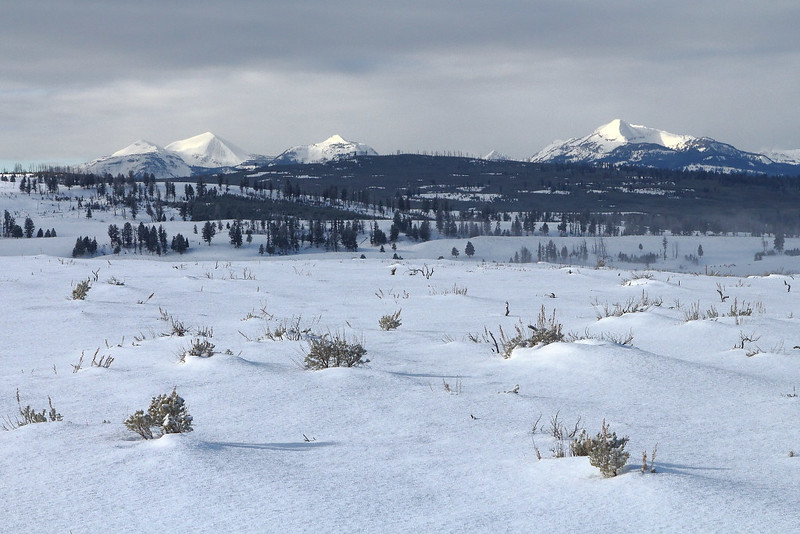 Figure 1. Gallatin Range, Yellowstone National Park.
The Gallatin Range lies on the west side of Yellowstone National Park. It can be seen from many places such as Swan Lake Flat or even Norris Geyser Basin.
Figure 1. Gallatin Range, Yellowstone National Park.
The Gallatin Range lies on the west side of Yellowstone National Park. It can be seen from many places such as Swan Lake Flat or even Norris Geyser Basin.
This mountain range looks best when its peaks, including Mount Holmes, Dome Mountain, and Antler Peak are covered with snow. This picture was taken from the road at Blacktail Deer Plateau and the peaks stand out in the distance. While we may prefer blue sky, I like the gray sky of this picture. Together with the foreground, it gives the desolate feeling of winter.
Different seasons could make one scene look dramatically different, and the Gallatin Range is one such example. It would be good to visit a place at different seasons for a more complete experience.
 Figure 1. Blue Mesa, Petrified Forest National Park.
It's been a while since my last time in Petrified Forest National Park. In additional petrified wood which the park is names for, there are lots of others to see. Blue Mesa in the middle of the park is one.
Figure 1. Blue Mesa, Petrified Forest National Park.
It's been a while since my last time in Petrified Forest National Park. In additional petrified wood which the park is names for, there are lots of others to see. Blue Mesa in the middle of the park is one.
In Blue Mesa area, visitors enjoy the landscape of badlands. The blue or purple color here is quite special from badlands in other places. The color here is caused by manganese while it is iron in most other places. The purple color also gives a surreal feeling.
Although visitors can see the terrain from the scenic overlook, there is an easy paved trail to provide the bottom-up perspective. You get a closer look at the petrified wood as well. This is one of the best 1 mile round trip hikes I have done and I highly recommend it.












